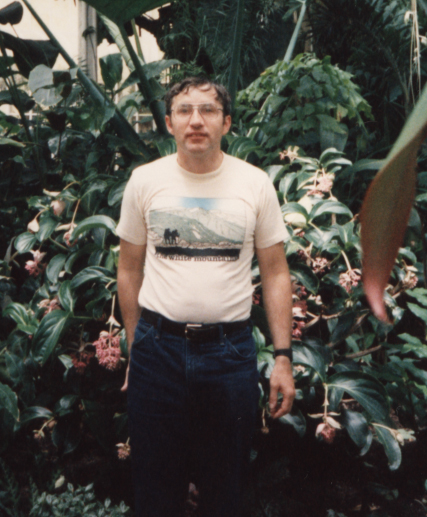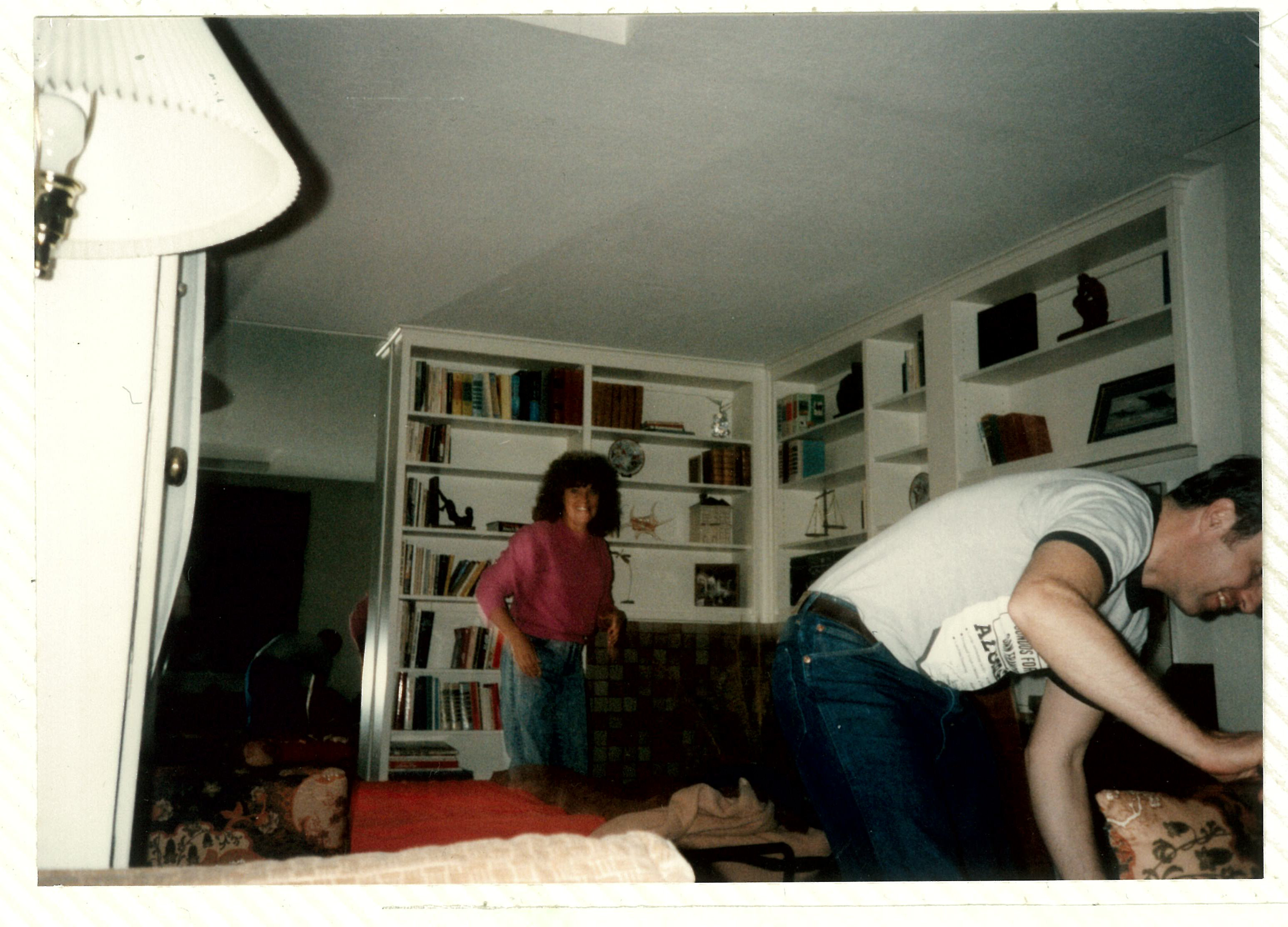Author Background and Purpose of Superconductor Experiments


Experimental Motivation
This site presents speculative concepts from an individual with a broad general knowledge of physics, but who fell short of completing his degree in Physics. I'm a semi-retired engineering technician with decades of experience in the electronics and electro-mechanical engineering industries. I initiated this site in June of 1998 to expound upon a theoretical idea that occurred to me a year and a half earlier. In this same time period controversial claims of small (.05 g) acceleration forces were being reported (Podkletnov, 1992), emanating from high temperature superconductors (HTSC's) subjected to certain conditions. Between 2003 and 2006 a team at the Austrian Research Center (ARC) reported similar magnitude, (.03 g), acceleration pulses emanating from a niobium ring subjected to angular accelerations (Tajmar et al, 2003-2007). It struck me that these anomalous results might be evidence for the theoretical idea I was working on. Based on this theoretical idea, it's speculated that the magnitude of the detected signals is directly proportional to the linear acceleration imparted to the condensate; both Cooper-pairs, and lattice sites that participate in the formation of Cooper-pairs; the latter proposed to account for the bulk of the signal.
The ARC group achieved their acceleration of the condensate by mechanically spinning up their ring-shaped, niobium superconductor from 0 to 6000 RPM in one second. This led to a modest peak acceleration at the ring's periphery of 7.62 g's, and a corresponding acceleration signal of 277 micro-g's. In contrast, (Podkletnov), (in 2001), discharged 2 million volts, (at 104 amperes), through his YBCO superconductor, resulting in a *claimed* ~1000 g acceleration pulse of 100 micro-seconds duration. Whether one chooses to believe this extraordinary claim, the amazing thing is that a rough back-of-the-envelope calculation shows that the ratio of, transitory, lattice site (nucleii) acceleration, to signal yield, between the two experiments, is only 7.3% below a perfect linear extrapolation. That is quite remarkable, since this near perfect linearity is maintained across eight orders of magnitude!
It must be kept in mind that acceleration of the lattice sites translates to a very small displacement of the nucleii in response to external acceleration forces - mechanical in one case, and electromotive in the other. Since the acceleration forces are short-lived, it would be expected that the nucleii will quickly rebound beyond their initial equilibrium positions, oscillating back and forth along the acceleration axis, until the motion is completely damped out due to frictional (electromagnetic) losses. The acceleration signal should reflect this damped oscillation, reversing direction multiple times until the kinetic energy is fully dissipated. This is indeed what was observed in the carefully conducted experiments at the Austrian Research Center.
It wasn't till 2010 that I began experimenting with superconductors myself to see if I could replicate the claims of others. And it wasn't till late 2015 that my experimental setup was properly configured to separate the acoustic 'pop', (due to expanding cryo-fluid), from a genuine signal. Results with inexpensive, one inch, yttrium-barium-copper-oxide (YBCO), high temperature superconductors, have been negative, or ambiguous, at best. The YBCO superconductors that I have been able to obtain are, invariably, badly warped, so that applying flat electrodes to them is virtually impossible. Drilling and threading into YBCO isn't possible either, due to the material's brittleness. Thus I was limited to creating a supercurrent via magnetic induction. This is far less satisfactory as, almost certainly, many small supercurrent eddies were formed within the one inch diameter YBCO disc, instead of a single, robust supercurrent, around its periphery. Either way this would have diluted the, hoped for, acceleration signal in a 360 degree 'spray' around the YBCO disc's tangential plane. It might have been further diluted by the disc's irregular shape, and crystal defects, that would have tilted the orientation of some supercurrent eddies off the tangential plane.
Therefore I obtained a 6 inch length of 1/4 inch diameter niobium-titanium alloy rod. From this a 2 inch piece was cut, and drilled/tapped on either end, to accept 4-40 machine screws. Since this material has ten times the Cooper pair density as the YBCO superconductors, it's hoped that the signal-to-noise ratio will be substantially improved. Moreover, its geometry (elongated rod) should, in principle, enhance any acceleration signals at least an additional order of magnitude over the poorly fabricated YBCO samples. The downside is that liquid helium will be needed to run the tests as this material's critical temperature is 14 degrees Kelvin. Liquid helium is much too difficult for an amateur to work with in a basement workshop, not to mention the expense of the associated equipment. Thus my only recourse is to contact a lab that routinely works with liquid helium, and hope that they would consider a one-off experiment, that could probably be completed in half an hour.
It's important to stress that there is no intent at all to challenge the Standard Model (SM) with the theoretical ideas presented at this site, as the SM is far too well tested to even consider any alternative to. It's the best we have, so to speak. But, there surely is no physicist alive today who doesn't dream of finding out what lies beyond the current paradigm in order to answer questions, such as why the SM has 22 free parameters, that have to be determined by experiment. Or, why there is such an enormous energy gap between the Electroweak scale and the Planck scale. Or, why the masses of the fundamental particles are what they are.....and so on. It may seem outlandish that a relatively simple tabletop experiment could reveal an aspect of nature that has eluded multi-billion dollar accelerator experiments conducted at CERN, and elsewhere. But searching for brief acceleration pulses emanating from Bose Condensates, subjected to certain conditions, has not been pursued by any professional laboratory outside of the Austrian Research Center.
The lack of a formal degree, as intimated above, hasn't dissuaded me from dabbling in my own, beyond-the-Standard-Model, speculations - especially as it pertains to the anomalous phenomena, whose reality, (or lack therof), I'm attempting to establish. My approach has been to look at the phenomenology of the SM and seek out incomplete explanations for important underlying structural aspects of the model. One of these is the question of the wave nature of matter, known either as de Broglie-waves, or matter-waves; the former in honor of the great French physicist Louis de Broglie who first elucidated and quantified this strange aspect of the material world. In the SM the wave aspect of matter is a given; no answer is provided as to 'what' is waving. This apparent deficiency in the SM may be a missing link to a better understanding of nature's deeper workings.
The inherent wave property of matter is, of course, just one half of the wave-particle duality of the micro-world, as manifested in the double slit experiment. Richard Feynman, one of the great physicists of the 20th Century, famously observed that the bizarre results of the double slit experiment encapsulates the "central mystery" of the quantum world. The speculative theory presented here posits an underlying mechanism for matter waves and consequently an explanatory framework for the classically inexplicable results of the double slit experiment. This theory invokes symmetry principles to predict a new field, of which matter waves are proposed to be a manifestation, to explain the non-classical behavior seen in laboratory experiments probing the quantum realm. There should also be observable consequences to the existence of this putative field, in both the micro-scale and astronomical domains. For the quantum domain, these consequences may already have been seen in both reputable, and controversial, laboratory experiments involving superconductors as noted at this website. And, more speculatively, Dark Energy responsible for the expansion of the Universe, may also be linked to this proposed field.